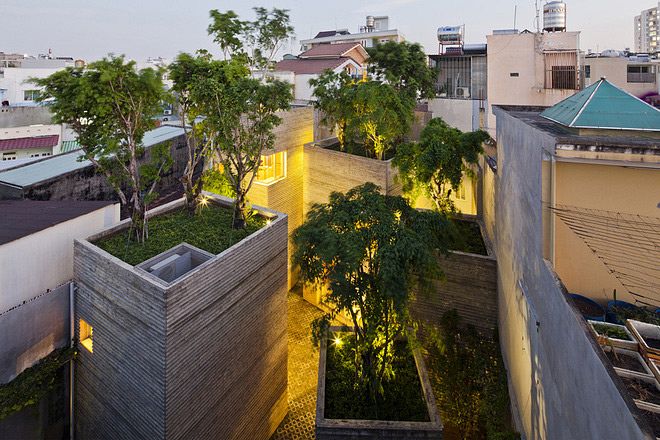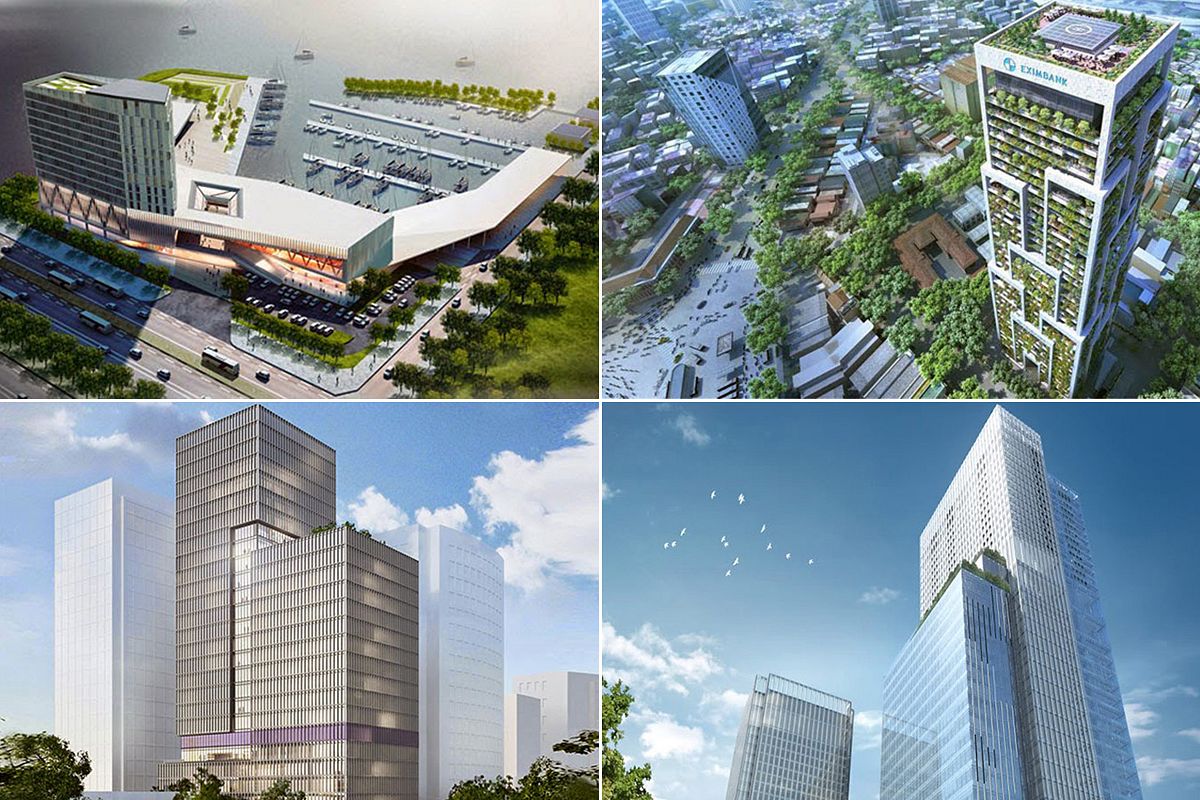Vietnam's two biggest cities are pursuing disinct urban growth models, with Saigon favoring a dense downtown while Hanoi spreads into new satellite cities.
City Lab recently looked at the growth of Vietnam's primary metropolises, arguing that Saigon favors demolition while Hanoi is more aware of preservation. For example, the news source cites the Ho Chi Minh City Urban Development Management Support Center, which says that over 200 French colonial-era villas were torn down or renovated between 1994 and 2014.
Meanwhile, in Hanoi, the city People's Committee has banned developments more than 24 stories high in five central districts, including Hoan Kiem and its famous Old Quarter.
Dr. William Logan, author of Hanoi: Biography of a City, tells CityLab: "perhaps in he 1990s, things were more flexible and there were some high rises built in the place of colonial villas. But now the authorities seem to have taken control of that so high rise buildings now occur in pockets well out from the Old Quarter."
Dr. Logan compares Hanoi's growth to the "Paris Model", in which the historic city center is preserved while large new projects are relegated to the outskirts. He argues that this is a highly effective strategy, as the city is still able to grow through high rises and business parks while maintaining its ancient core, which attracts tourism revenue.
Saigon, meanwhile, is pursuing a more American approach by focusing on an impressive downtown, the expert tells the news source. Just in the last two years the historic Ba Son Shipyard has been torn down to make way for a massive Vinhomes development, Nguyen Hue Walking Street has transformed a major thoroughfare, the Saigon Tax Center has met its demise, Saigon Center phase two has sprouted up on Le Loi and part of 23/9 Park has been fenced off for construction of a metro station.
CityLab compares this development spree with the battle to save Long Bien Bridge, an icon of Hanoi. A decision to demolish the 114 year-old bridge was proposed in 2007 and 2014, and both times the bridge survived, while authorities have agreed to build a new bridge over the Red River to accommodate a metro line.
Dr. Ngo Minh Hung, a Saigon-based architect and development expert, worries that Saigon's progress-focused mindset may cause the city to lose its cultural identity. "They should take a step back and assess what the identity for [Saigon] is and figure out if they want to make it different in comparison to other cities," he tells CityLab. "Or in the future, [Saigon] will just look like Hong Kong or Shanghai, no more Saigon."
[Photo via Tumblr user Old Saigon]














